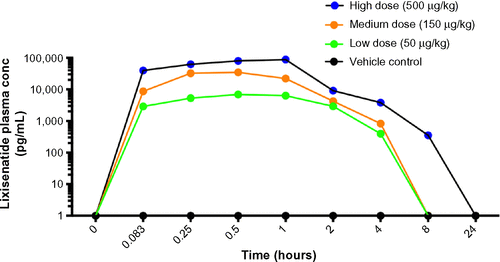Figures & data
Table 1 Demographic characteristics of human islet donors
Figure 1 Blood glucose and body weights of control and lixisenatide-treated mice engrafted with human islets.
Abbreviations: NSG RIP-DTR, nonobese diabetic–severe combined immunodeficiency (NOD–scid) IL-2 receptor common gamma chain (IL-2rgnull) rat insulin promoter-diphtheria toxin receptor; SEM, standard error of mean; sc, subcutaneously.

Figure 2 Lixisenatide treatment improves recovery from hyperglycemia in human islet-engrafted mice.
Abbreviation: NSG RIP-DTR, nonobese diabetic–severe combined immunodeficiency (NOD–scid) IL-2 receptor common gamma chain (IL-2rgnull) rat insulin promoter-diphtheria toxin receptor.
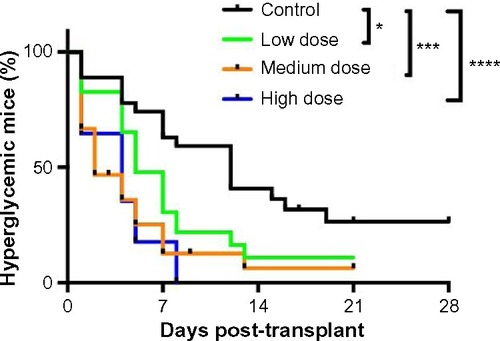
Figure 3 Fasting and glucose-stimulated human insulin levels and stimulation indices in control and lixisenatide-treated mice engrafted with human islets.
Abbreviations: ip, intraperitoneal; SEM, standard error of mean.
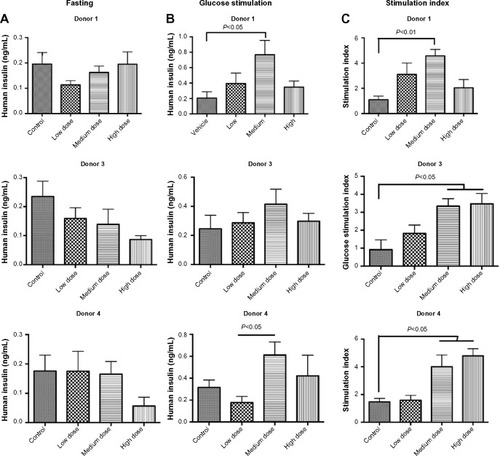
Figure 4 GTTs in control and lixisenatide-treated mice engrafted with human islets.
Abbreviations: GTT, glucose tolerance test; SEM, standard error of mean.
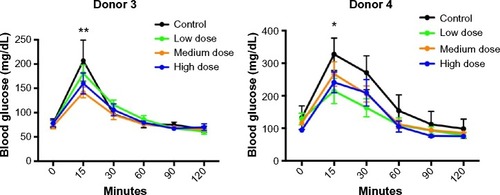
Figure 5 Percent TUNEL-positive human beta cells in islet grafts recovered from control and lixisenatide-treated mice.
Abbreviations: SEM, standard error of mean; TUNEL, terminal deoxynucleotidyl transferase-mediated dUTP nick end labeling.

Figure 6 Percent human beta- and alpha-cell proliferation in each islet graft recovered from control and lixisenatide-treated mice.
Abbreviation: BrdU+, bromodeoxyuridine positive.
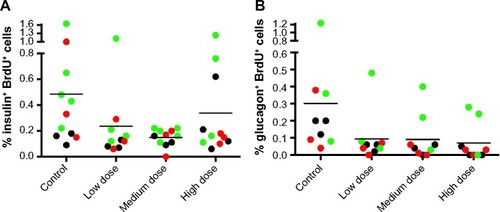
Figure 7 Total beta- and alpha-cell counts in human islet grafts recovered from control and lixisenatide-treated mice.
Abbreviation: SEM, standard error of mean.

Figure 8 Photomicrographs of human islet grafts from control and lixisenatide-treated mice.
Abbreviation: DAPI, 4′,6-diamidino-2-phenylindole.
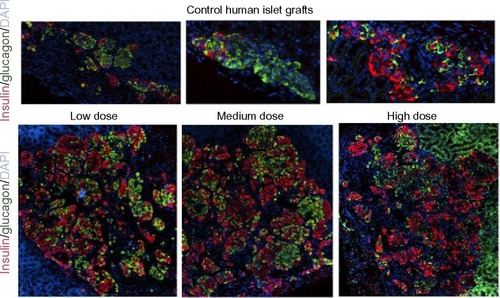
Figure S1 Pharmacokinetic analysis of control and lixisenatide treatments.
Abbreviations: NSG, nonobese diabetic–severe combined immunodeficiency (NOD–scid) IL-2 receptor common gamma chain (IL-2rgnull); sc, subcutaneously; conc, concentration.
